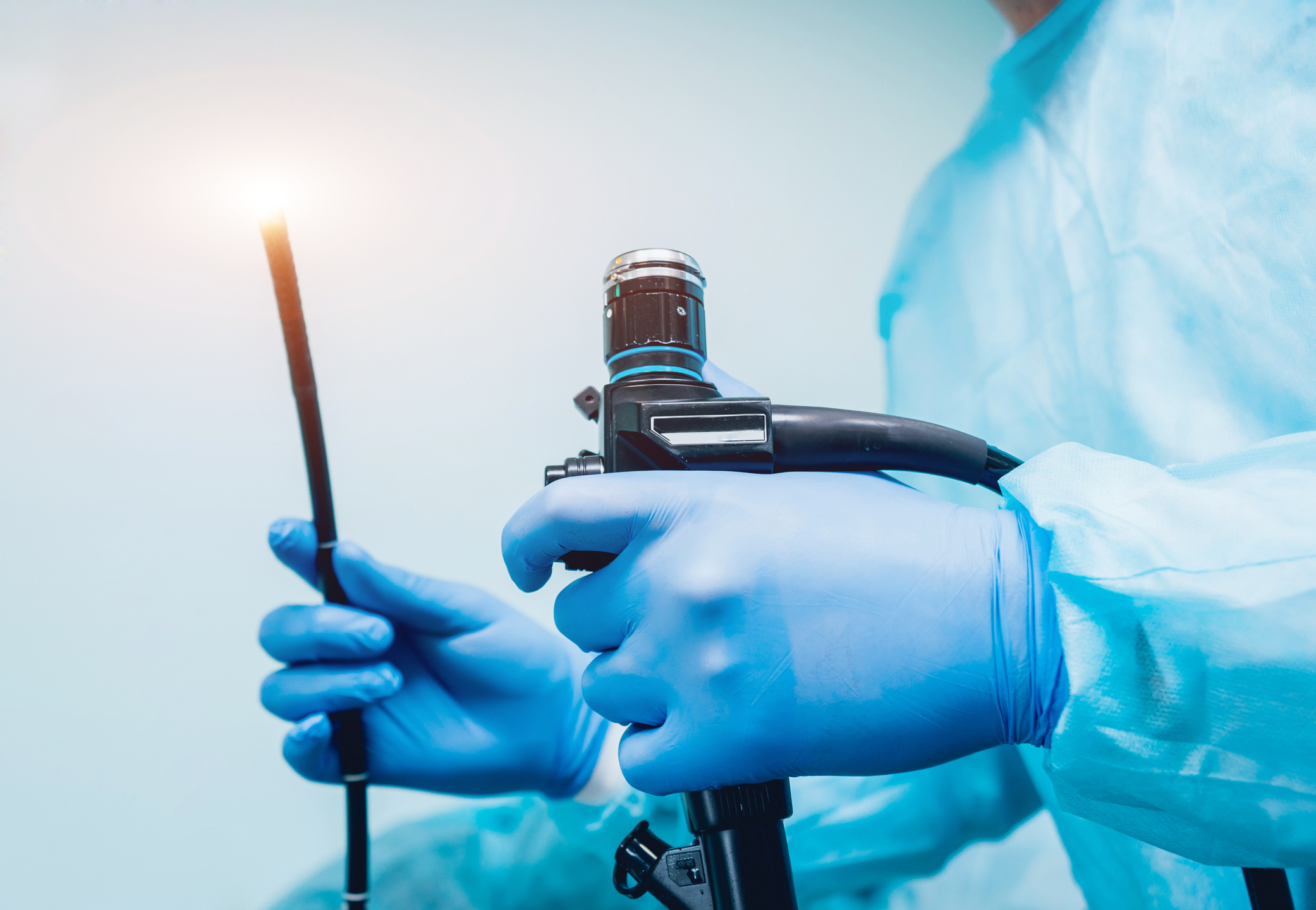AGA’s newest Clinical Practice Update provides expert commentary on the various techniques for endoscopic full-thickness resection of subepithelial GI lesions. The authors hope this guidance will help facilitate the most appropriate technique for each patient’s individual case.
Subepithelial lesions arise from the wall of the GI tract and are small and usually found incidentally on endoscopy or on cross-sectional imaging. Although most of these lesions are benign, approximately 15% have the potential for malignant transformation.
Endoscopic full-thickness resection has emerged as a novel treatment option for select subepithelial lesions. This can be done with an “exposed” or a “nonexposed” technique. The term exposed refers to resection of all layers of the wall, including the mucosa. A nonexposed approach either preserves an overlying flap of mucosa, as in the submucosal tunneling endoscopic resection technique, or uses a “close first, then cut” method to avoid the impending perforation.
Hear from author Dr. Lionel D’Souza as he highlights the importance of this clinical practice update.
Read the full AGA Clinical Practice Update on Endoscopic Full-Thickness Resection for the Management of Gastrointestinal Subepithelial Lesions: Commentary, published in the February issue of Gastroenterology.












